Objective 1:
Align the Board of Supervisor’s strategic priorities, policy, and operational goals with funding and resources.
85%
Objective 2:
Establish a master list of technology needs that support operational/service improvements by mid-2022, identify enterprise solutions, and develop fiscal strategies to fund and implement improvements.
95%
Objective 3:
Establish expectations and performance measures for customer service for all County departments.
Started 5%
